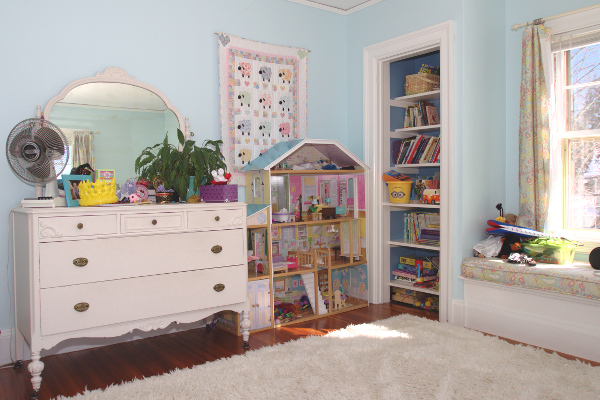
Video technology has advanced considerably over the past 10 years. Cameras are smaller and cheaper than ever, with very high quality video.
Homeowners frequently have surveillance video at, and in, their homes. Home security monitoring companies now offer video that is accessible directly from a smartphone. Cable TV providers offer video cameras as part of a security add-on to their core data and entertainment services. Some owners install dedicated video surveillance systems to keep an eye on their property. Doorbells provide video feeds. Nanny cams can be placed anywhere inside a home.
When it comes time to sell the house, all those cameras are still in place. They can tell the owner when the buyers arrived at the house, and how long they stayed. This is convenient information if the seller had to gather their dogs/kids and make themselves scarce for an hour. Cameras on the inside of the home also have the potential to provide unique insight into what happened during the showing. Where in the home did the buyers go? What did they do while they were there? Did they touch anything they really shouldn’t have touched?
Despite the temptation to monitor every detail, we recommend that sellers not review video footage of buyer visits unless they notice something wrong at the house.
Buyers do and says a lot of things during a home tour without also noting how important that observation is to them. They need to take a step back and review the entire showing in order to prioritize their observations and reach a big-picture conclusion about the home. Big-picture feedback is best gathered from the buyer’s agent. It is part of the listing agent’s job to collect and interpret buyer feedback for the seller.
The other reason to not review the video footage is that seller will develop opinions about potential buyers. When a buyer makes an offer on the home, those opinions may get in the way of a successful negotiation. A mild example is a seller having hurt feelings because the buyer didn’t like their decor. In the worst case scenario, the video footage could cause the seller to illegally discriminate against a bidder.
Technology evolves faster than the law, so it is difficult to say with certainty what types of recordings are allowed versus not allowed. We consulted with legal counsel at the Connecticut Association of REALTORs. They reported that Connecticut state law requires that anytime anyone is recorded with audio inside a home that they have to sign a consent form. As a buyer’s agent, being asked to sign a consent form for video surveillance in order to show a home would get the showing off to a rocky start.
Knowing the theoretically correct thing for a seller to do is great, but all sellers may not follow those guidelines. Buyers should always be on their best behavior when touring a home. Assume the owner is watching and listening, and show their home the respect that it deserves. There is no need for the experience to be stressful since the vast majority of buyers act appropriately.
Video surveillance is the new norm, and will continue to expand into more and more homes. Sellers should disable the audio to make sure they’re in compliance with state laws. Buyers should assume they’re being recorded even if they don’t see cameras or any warning from the seller. Big brother is watching.